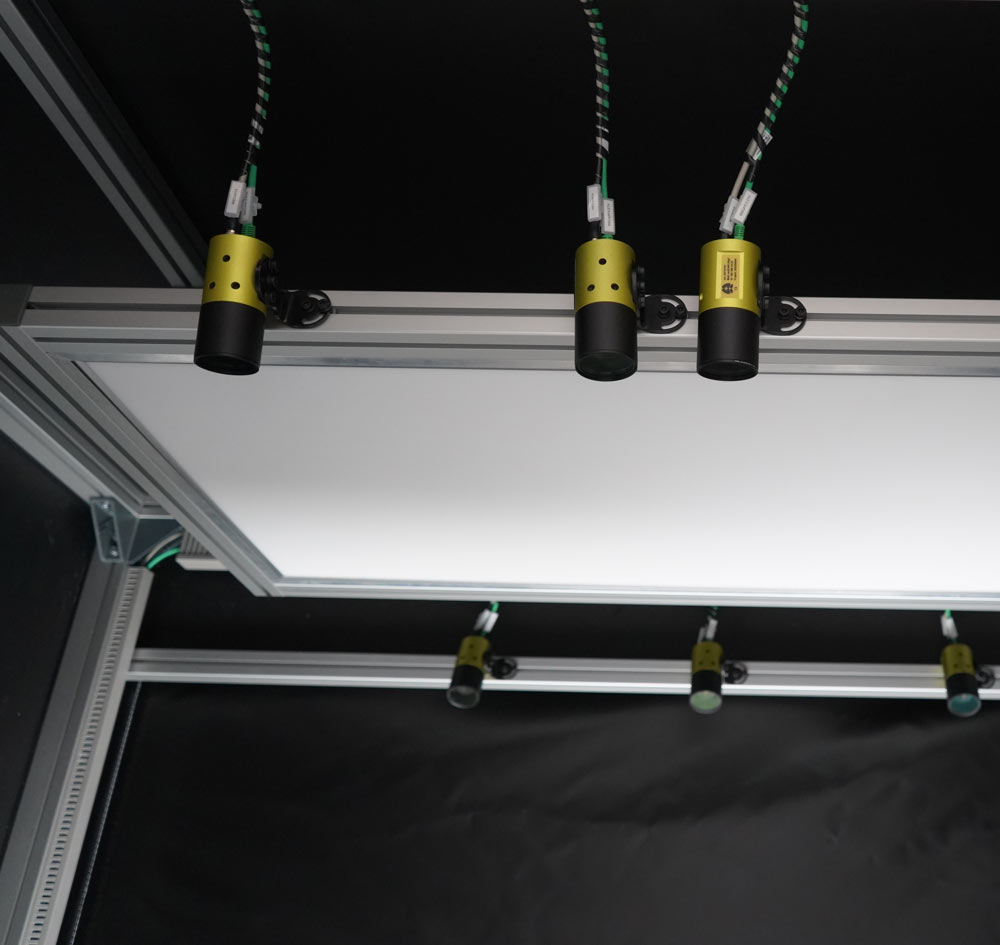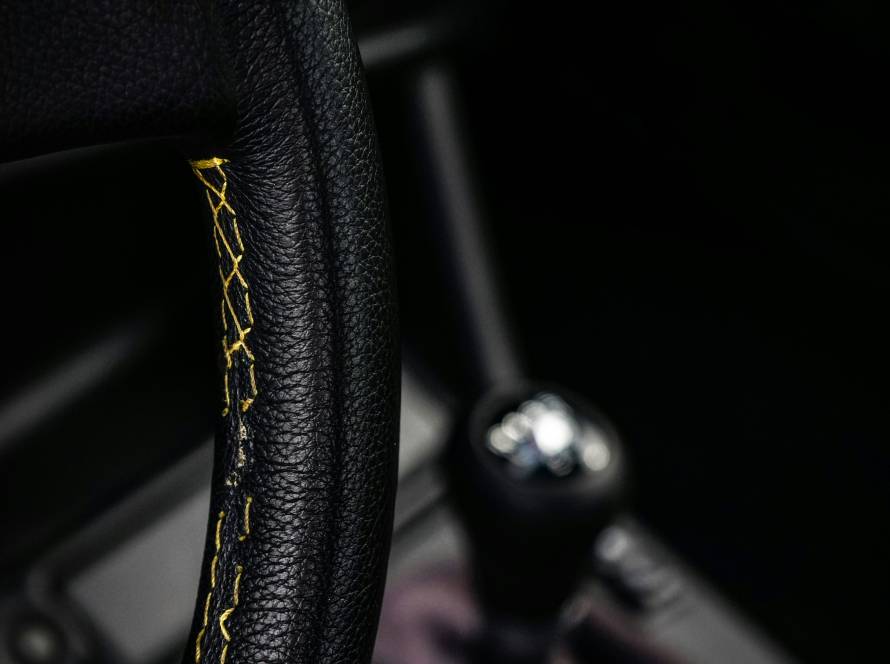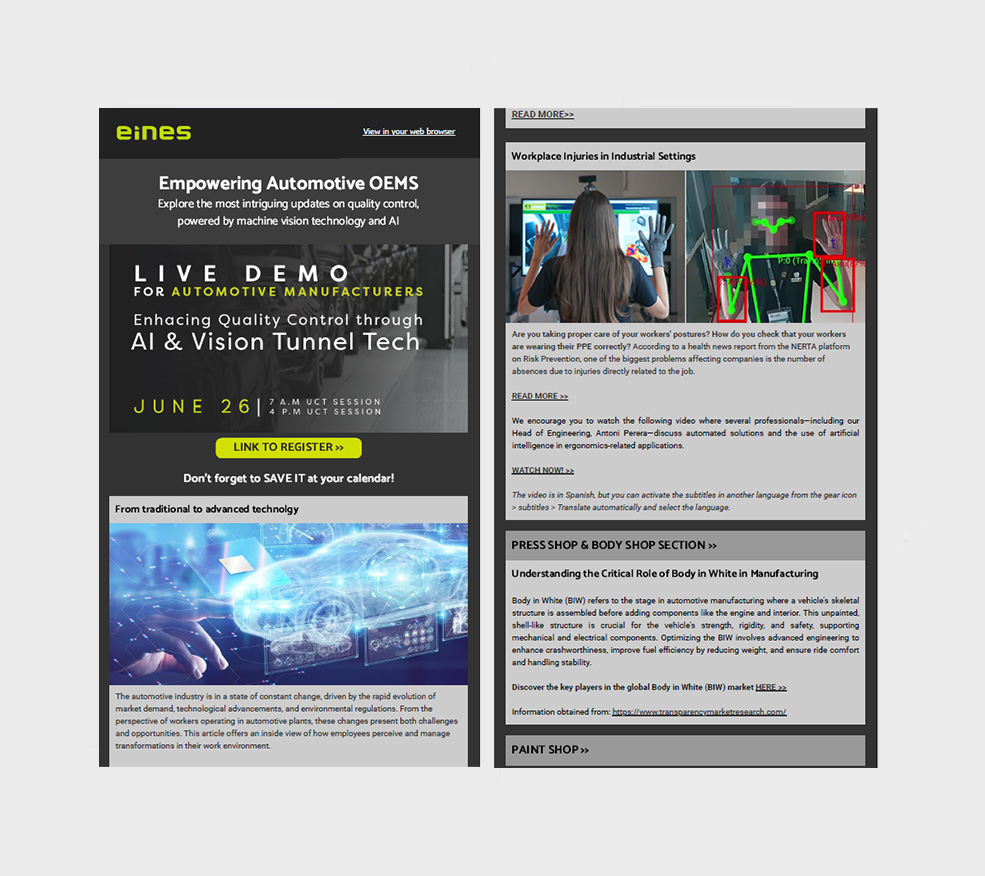In the automotive industry, ensuring the quality and safety of each component is paramount. The methodology of Multi Error Proofing, also known as poka-yoke, has emerged as a vital strategy for preventing errors and defects in the manufacturing process. This technique not only enhances efficiency and precision but also ensures that products meet the highest quality standards.
Fundamentals of Multi Error Proofing
Definition and Objectives
Multi Error Proofing focuses on implementing mechanisms and techniques that prevent errors from the design stage to production. The most common types of poka-yoke include:
• Control Poka-Yoke: Physical devices that prevent errors.
• Warning Poka-Yoke: Visual or auditory alerts that indicate potential errors.
• Ease-of-Use Poka-Yoke: Product designs that only allow correct assembly.
Advanced Strategies and Tools
To elevate Multi Error Proofing to a higher level, advanced technologies such as vision systems and sensors are employed. These technologies enable automated and precise inspections, detecting defects that might be overlooked by the human eye.
Vision Systems and Sensors
Vision systems use cameras and specialized software to perform real-time inspections. These systems can detect anomalies in parts, verify dimensions, and ensure the correct placement of components.
Data Analysis and Statistics
Data analysis and statistical process control (SPC) are essential tools for identifying error patterns and improvement areas. Collecting and analyzing data allows companies to optimize their processes and prevent recurring errors.
Implementation and Continuous Improvement
The effective implementation of Multi Error Proofing requires an organizational culture focused on quality and continuous improvement. Continuous training of personnel and regular evaluation of poka-yoke strategies ensure ongoing improvement and adaptation to new demands and challenges.
EINES VISION SYSTEMS Solutions: Intelligent Integration of Multi Error Proofing
EINES VISION SYSTEMS offers advanced solutions that seamlessly integrate Multi Error Proofing into the inspection and quality control processes of automotive parts and interiors. Their products not only enhance efficiency and precision but also significantly improve inspection capabilities.
Eines Door Panel Check System
The Eines Door Panel Check System is designed to analyze a variety of features in door panels, ensuring defect-free delivery to the final customer. Utilizing the ECOS (Electrical Check-Out System) application, this system measures voltage, consumption, or resistance of each electrical or electronic device.
Key Features:
• Visual and Electrical Inspection: Verification of lights, buttons, speakers, and connections.
• Powerful Inspection Capabilities: Ensures complete inspection of elements such as ambient lights, speakers, and connectors.
• Advantages: Small footprint, user-friendly, traceability, customizable, and cost-effective
Inspected Elements:
Ambient Light (Color/Intensity), Tweeter, Lock/Unlock Button, TIB Light, Armrest Light, Middle-Toner, Armrest Button, Trunk/Fuel Buttons, Panel Light / Logo Projector, Safe LED, Speaker Foam, Nar Crash, Screws / Clips / Fasteners, Decorative / Insert Parts, General Connection / Harness
Eines Headliners Check System
The Eines Headliners Check System uses deep learning and artificial intelligence to detect components in automotive headliners, even those with the same color as the background. This is achieved by processing images differently depending on external light, maintaining constant contrast parameters to facilitate component detection.
Key Features:
• Visual and Electrical Inspection: Detects the presence or absence of components and surface anomalies.
• Intuitive Human-Machine Interface: Provides immediate feedback for operators to correct defects.
• Advantages: Small footprint, user-friendly, traceability, customizable, and cost-effective.
Inspection Capabilities:
• Component Detection: Verification of correct placement and absence of components.
• Consistent Image Quality: Image processing with constant contrast parameters.
Eines Instrument Panel Check System
The Eines Instrument Panel Check System uses static cameras and AI to inspect instrument panels, detecting defects, colors, and measurements customized to customer specifications.
Key Features:
• Visual and Electrical Inspection: Verification of components and detection of anomalies such as scratches and dents.
• Intuitive Human-Machine Interface: Immediate feedback and remote support.
• Advantages: Small footprint, user-friendly, traceability, customizable, and cost-effective.
Inspection Capabilities:
• Surface Detection: Analysis of scratches, dents, and other anomalies.
• Color and Measurement Detection: Color analysis, trend analysis, and precise measurements.
Conclusion
Integrating Multi Error Proofing with advanced technologies such as vision systems and data analysis is crucial for improving quality and efficiency in automotive manufacturing. EINES VISION SYSTEMS offers innovative solutions that not only prevent errors but also optimize inspection and quality control processes. With their advanced verification systems, automotive companies can ensure that each component meets the highest quality standards, guaranteeing customer satisfaction and road safety.





